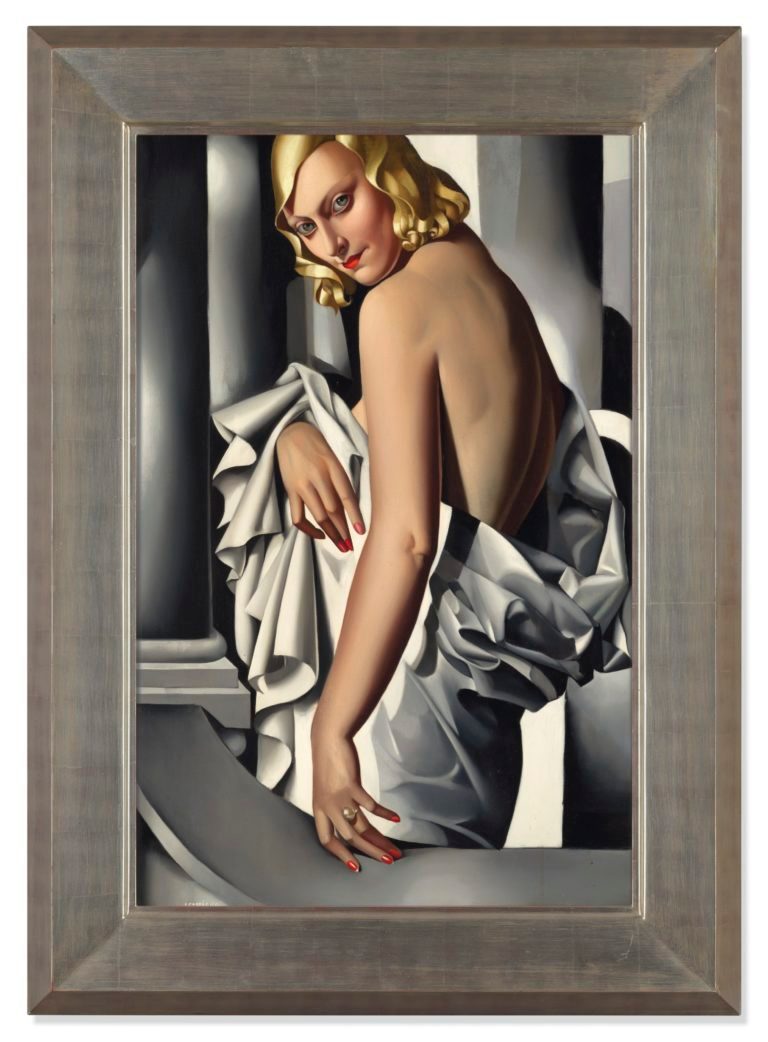[ad_1]
In November, the market for Art Deco artist Tamara de Lempicka took a somewhat unexpected upward turn when Sotheby’s sold La Tunique Rose for $13.36 million above a $6 million low estimate. A favorite artist among celebrities, with Jack Nicholson, Barbra Streisand, and Madonna all owning her work, the Polish painter’s work appears at auction with some regularity, but in 2009 four works were sold, mostly from the collection of designer Wolfgang Joop, for a combined price of more than $13 million.
It is not uncommon when an artist’s market rises to see a work that previously set a record price come back to the auction block. The thinking roughly goes that, when the artist is in demand, the work that had been singled out by price competition is likely to be in stronger demand. With that in mind, Christie’s announced today that it would offer Lempicka’s Portrait de Marjorie Ferry (1932) with an estimate of £8 million–12 million ($10.4 million–$15.6 million) will star in the house’s Impressionist and modern art evening sale in London on February 5.
The portrait of Marjorie Ferry had been the top lot in the Joop sale, making $4.89 million in 2009 and setting a record price for Lempicka.
The painting had been commissioned by the husband of singer Marjorie Ferry when Lempicka was at the peak of her fame as a portraitist. “Tamara de Lempicka’s striking portraits came to symbolize the exuberance and freedom of the post-war society during the 1920s and early 30s,” says Keith Gill, the head of Impressionist & Modern Art evening sales at Christie’s. Socially prominent and fiercely independent, Lempicka was at the peak of her powers and popularity in Paris in the early 1930s.
“Combining stylistic traits drawn from French Cubism, post-war Purism and Neo-Classicism her own study of early Italian masters, and realist trends in Germany,” as Christie’s describes the artist’s work, “Lempicka forged her own bold figurative style. She drew timely and fashionable inspiration from J.A.D. Ingres, whose mid-19th century classicism had also served as the springboard for Picasso’s return to the figure following the First World War. Lempicka quickly developed a pictorial manner that was acutely attuned to describing the liberated assertiveness and unrestrained pursuit of pleasure that characterized the 1920s, testing, stretching, but remaining within the new, more liberal boundaries of good taste.”
[ad_2]
Source link

